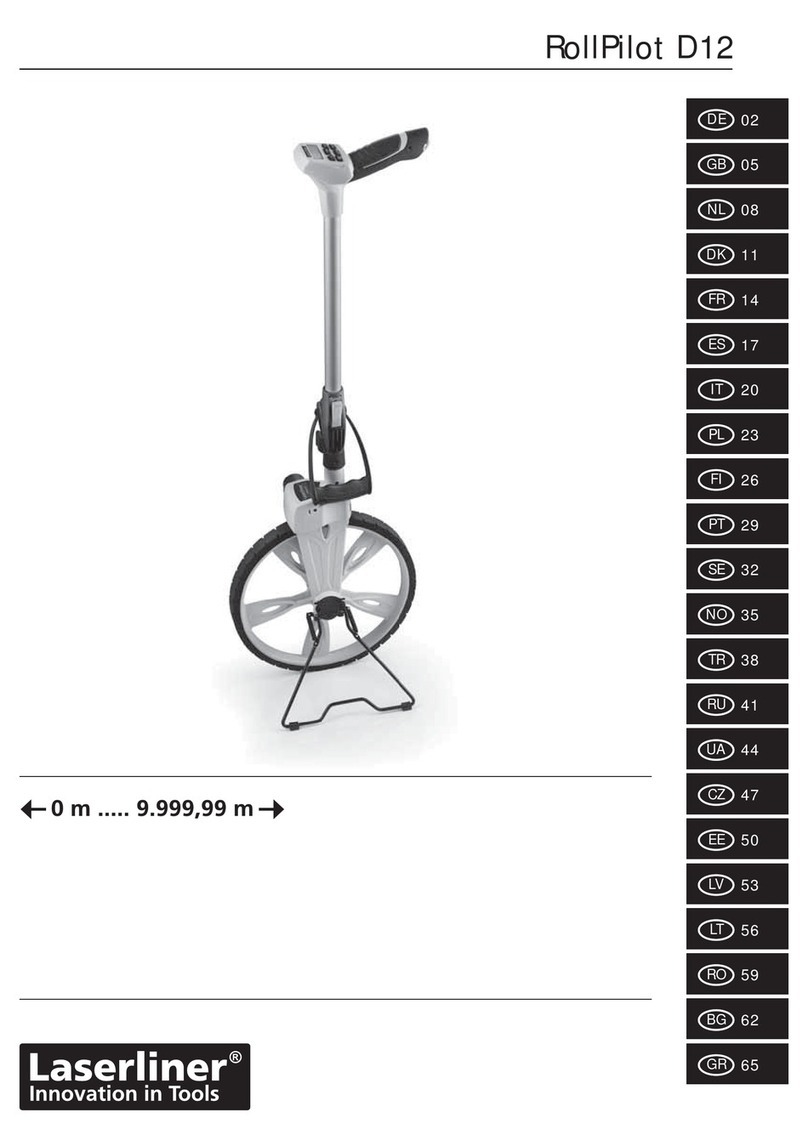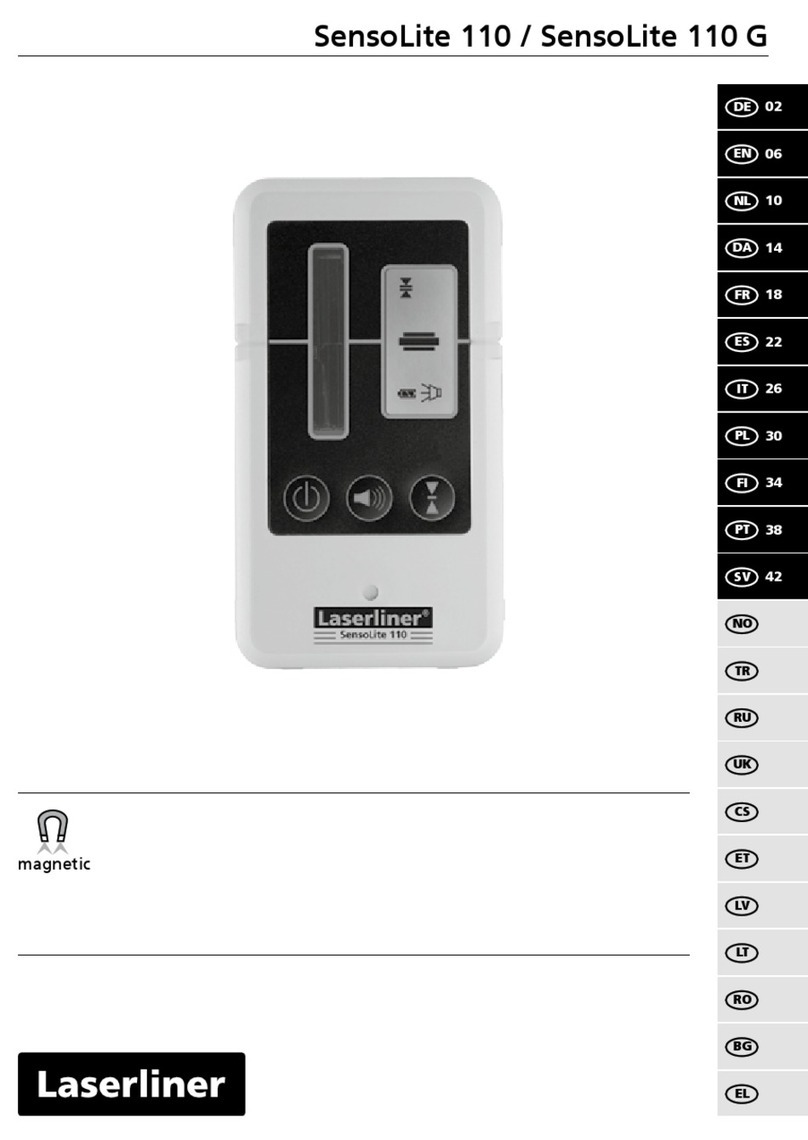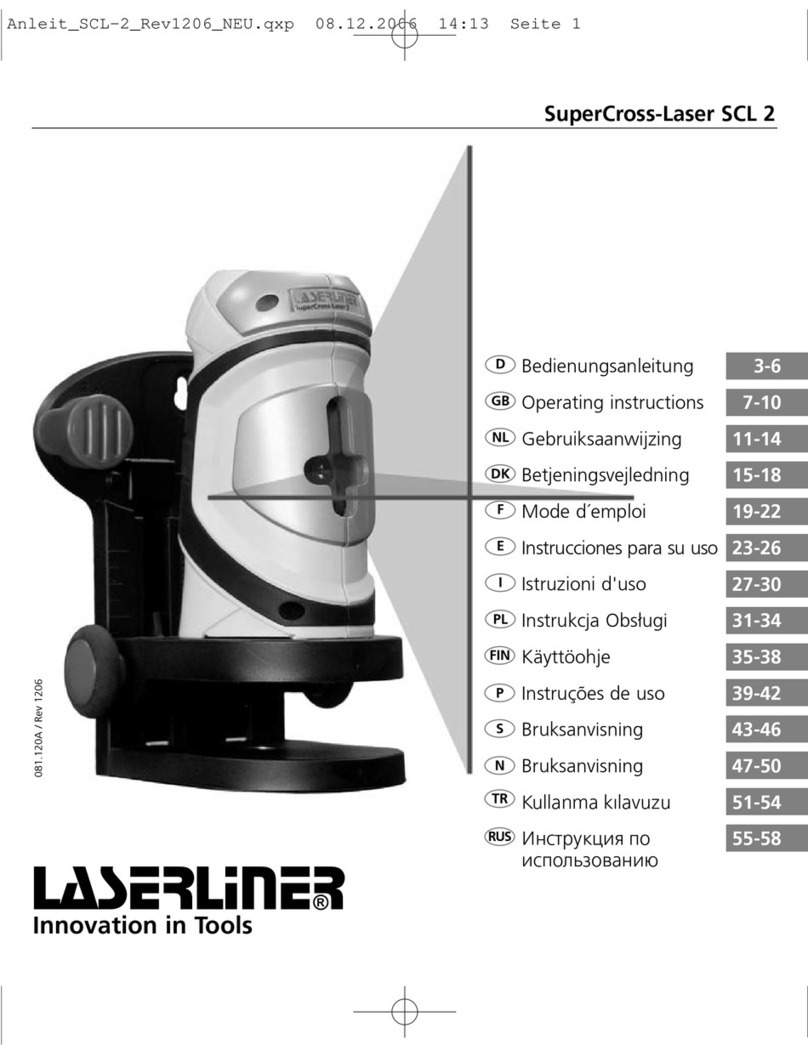LaserLiner StarFinder Plus User manual
Other LaserLiner Measuring Instrument manuals
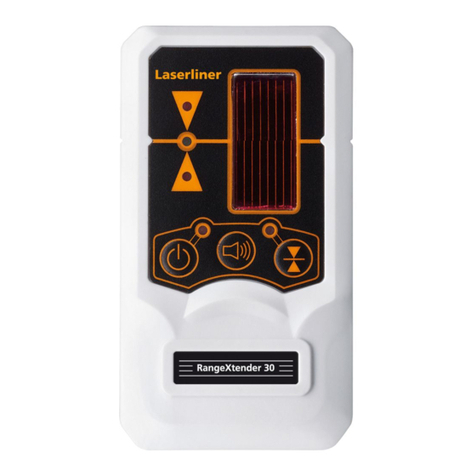
LaserLiner
LaserLiner RangeXtender RX 30 User manual
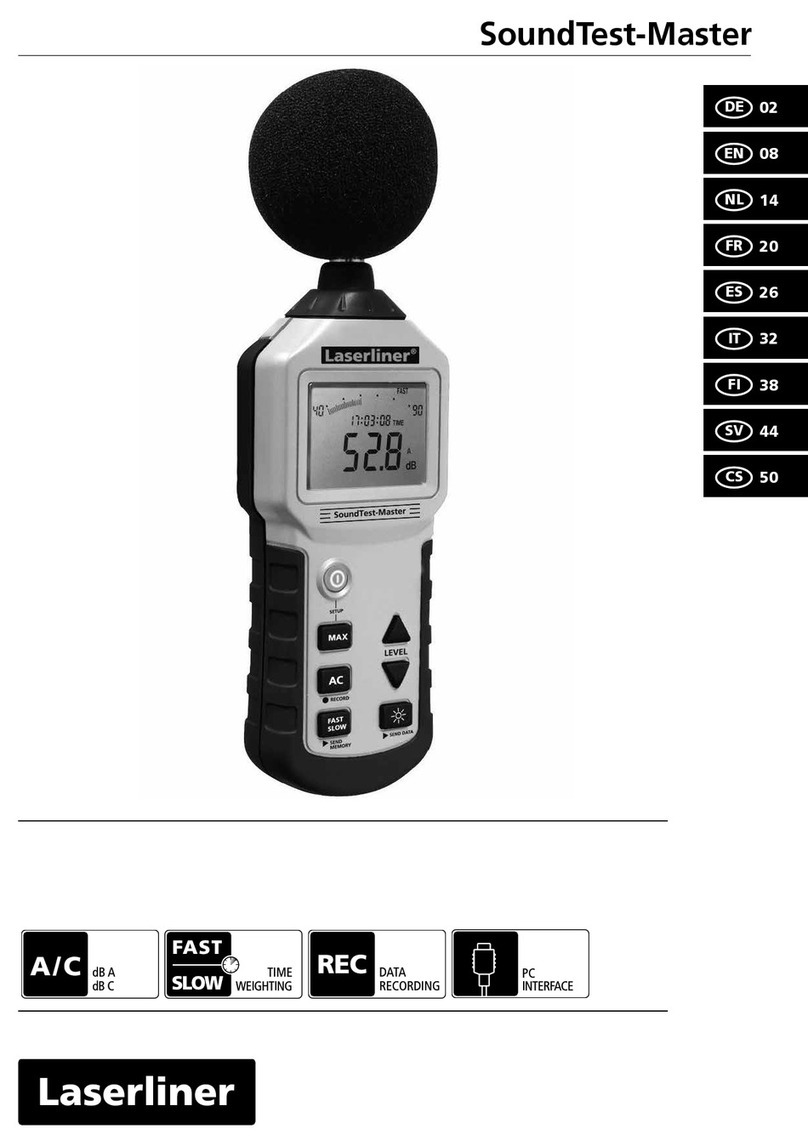
LaserLiner
LaserLiner SoundTest-Master User manual

LaserLiner
LaserLiner ThermoSpot User manual
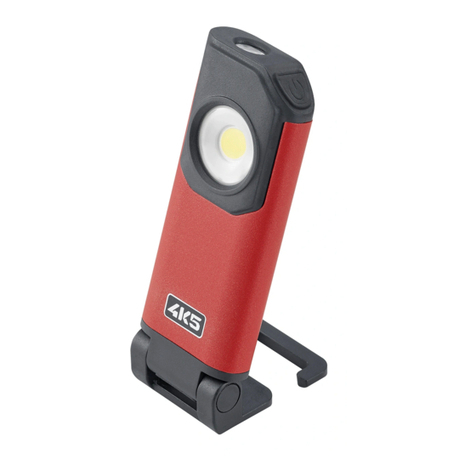
LaserLiner
LaserLiner 4K5 SL 350 User manual
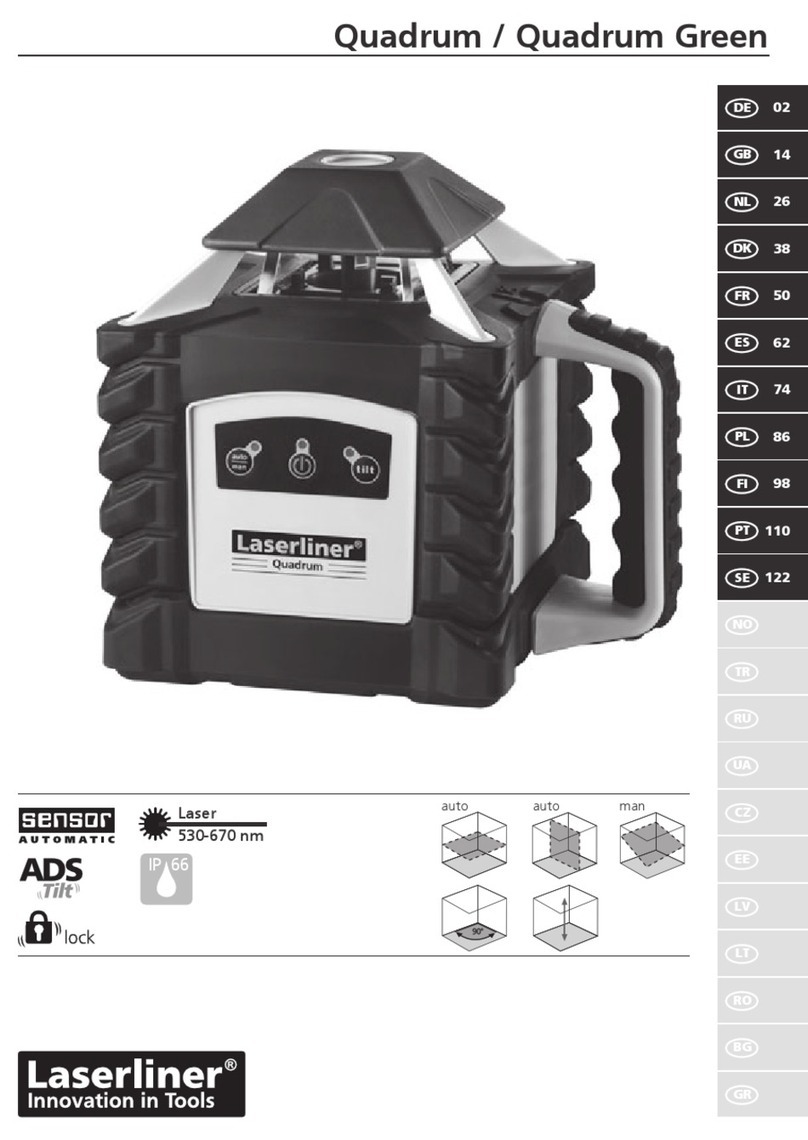
LaserLiner
LaserLiner Quadrum User manual
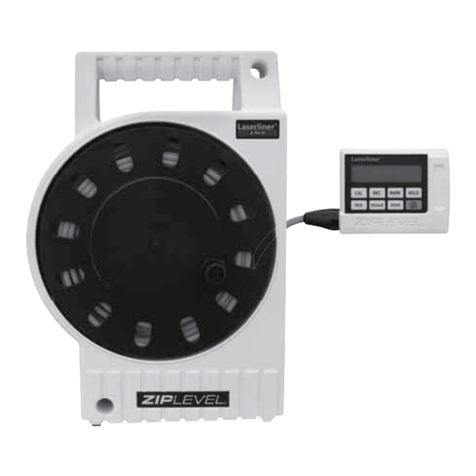
LaserLiner
LaserLiner ZipLevel Plus 30 User manual
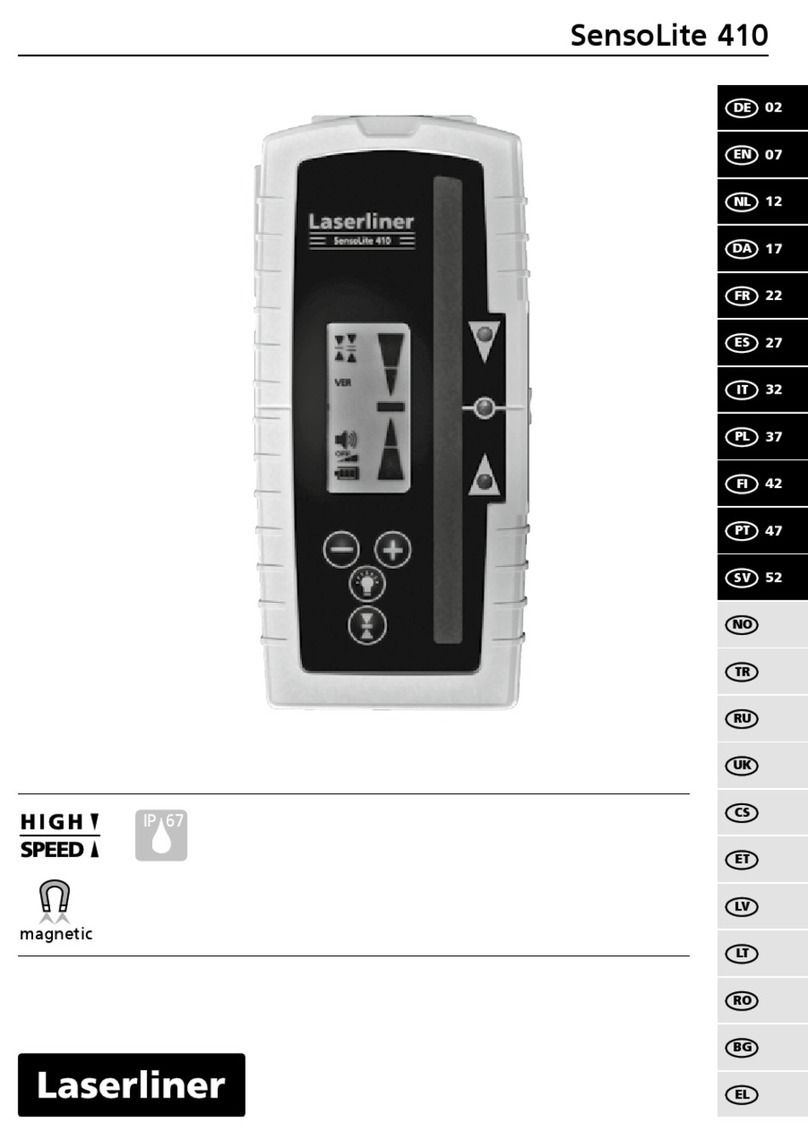
LaserLiner
LaserLiner SensoLite 410 User manual
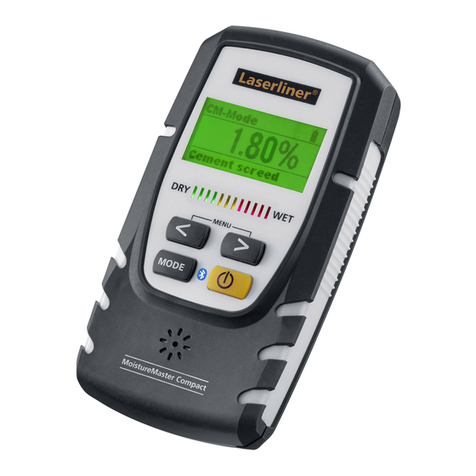
LaserLiner
LaserLiner MoistureMaster Compact User manual

LaserLiner
LaserLiner ThermoInspector User manual
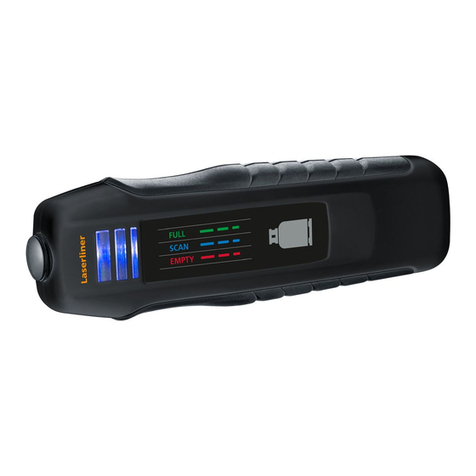
LaserLiner
LaserLiner GasCheck User manual
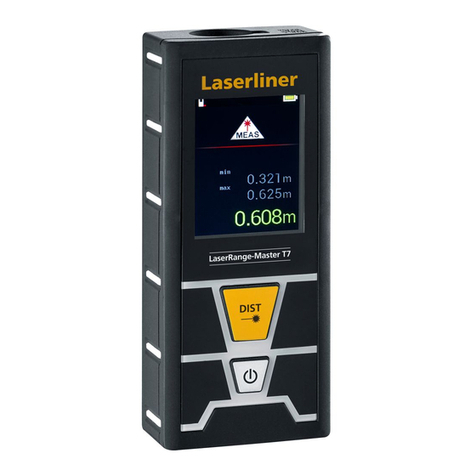
LaserLiner
LaserLiner LaserRange-Master T7 User manual
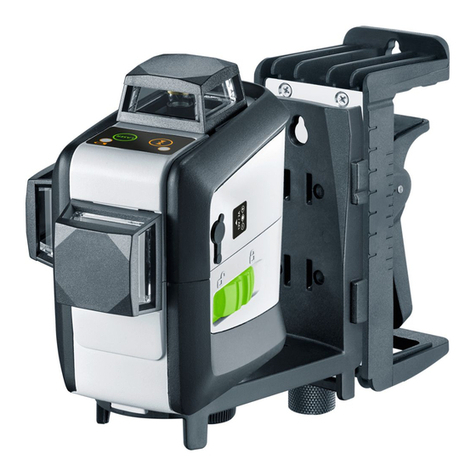
LaserLiner
LaserLiner SuperPlane-Laser 3D Pro User manual
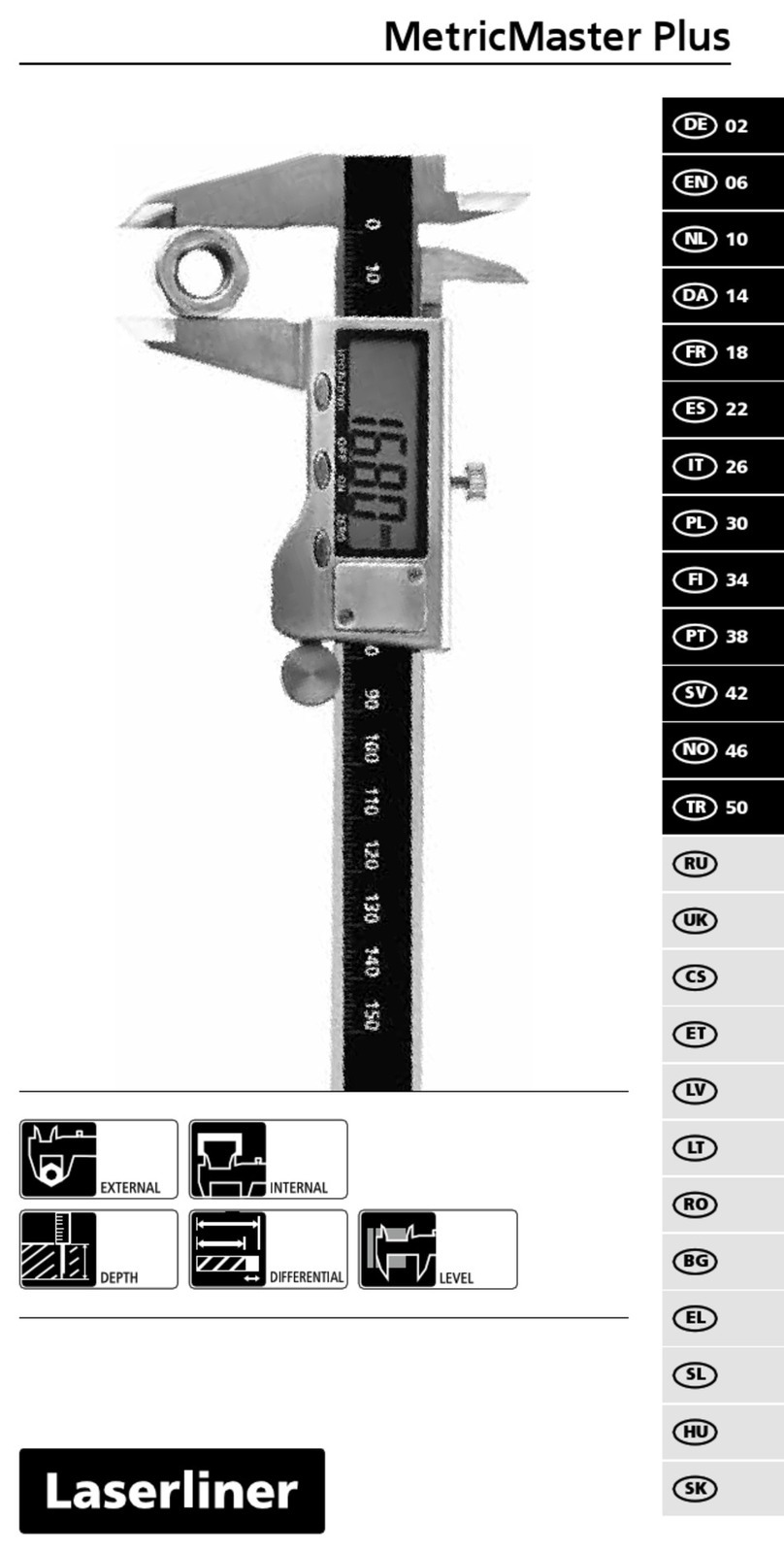
LaserLiner
LaserLiner MetricMaster Plus User manual
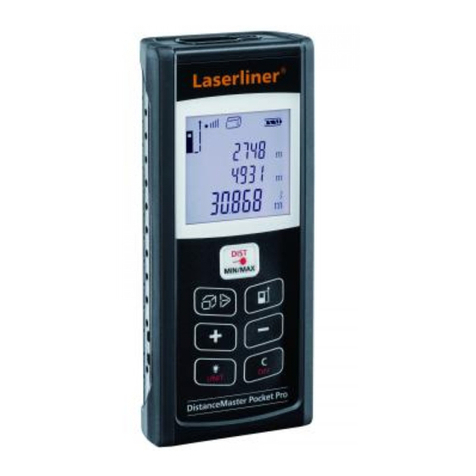
LaserLiner
LaserLiner DistanceMaster Pocket Pro User manual

LaserLiner
LaserLiner SoundTest-Master User manual
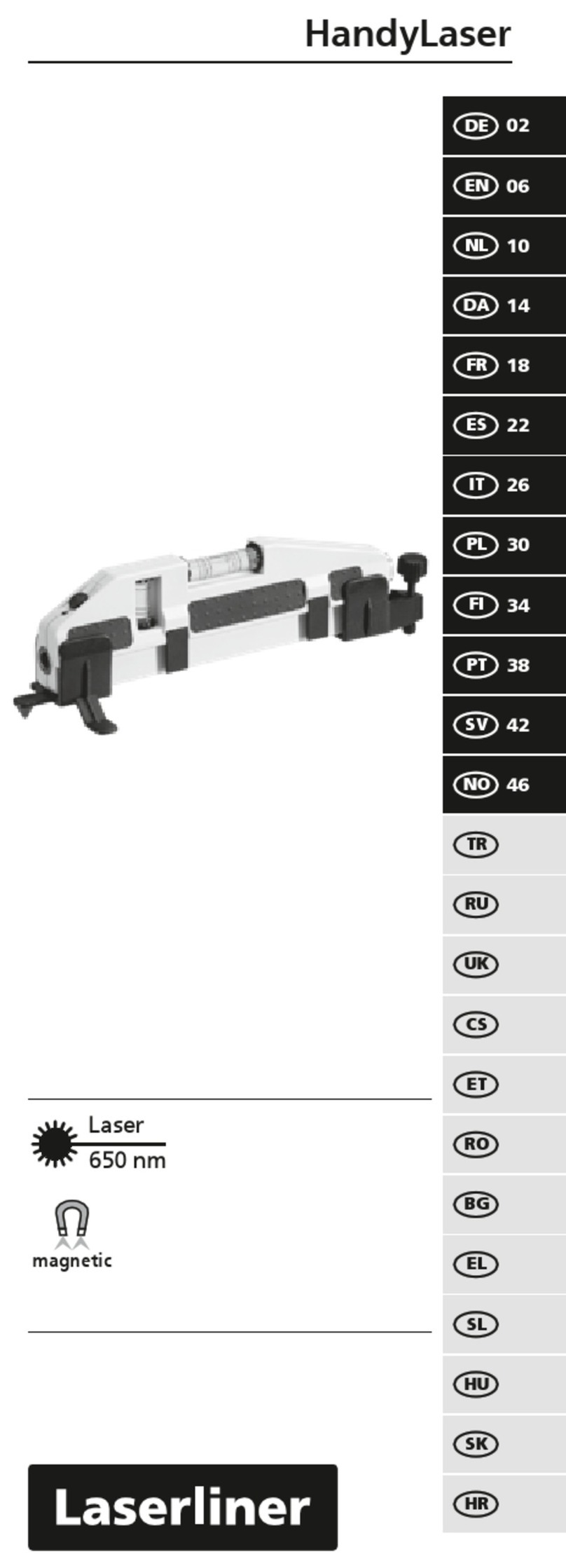
LaserLiner
LaserLiner HandyLaser User manual

LaserLiner
LaserLiner DampMaster Compact Plus User manual
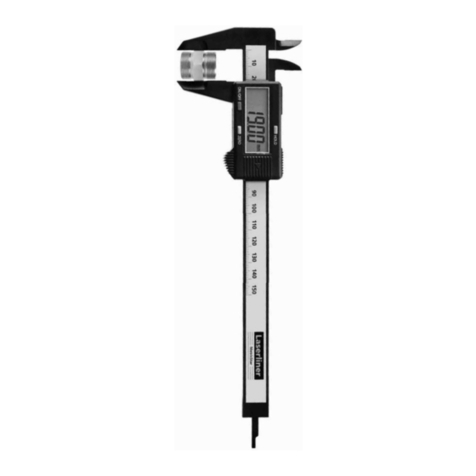
LaserLiner
LaserLiner MetricStar User manual
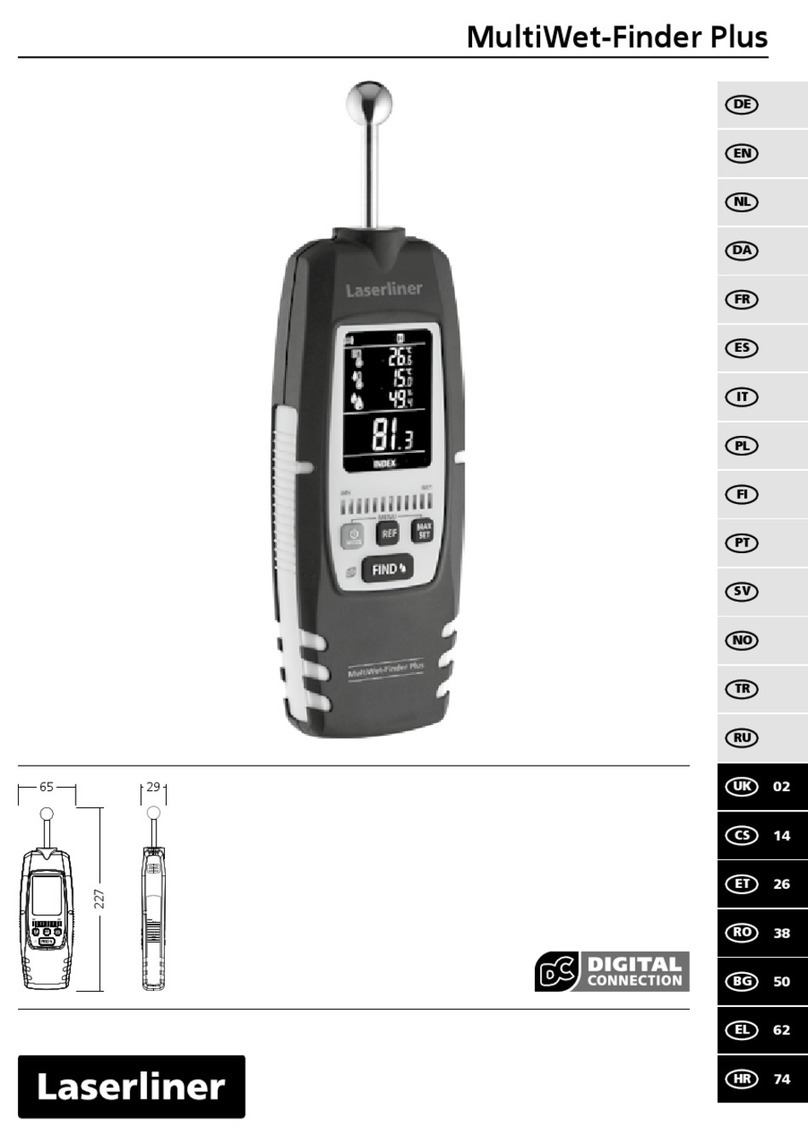
LaserLiner
LaserLiner MultiWet-Finder Plus User manual
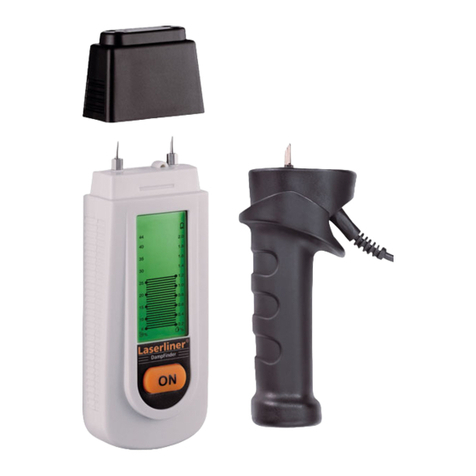
LaserLiner
LaserLiner DampFinder Plus User manual
Popular Measuring Instrument manuals by other brands

Powerfix Profi
Powerfix Profi 278296 Operation and safety notes

Test Equipment Depot
Test Equipment Depot GVT-427B user manual

Fieldpiece
Fieldpiece ACH Operator's manual

FLYSURFER
FLYSURFER VIRON3 user manual

GMW
GMW TG uni 1 operating manual

Downeaster
Downeaster Wind & Weather Medallion Series instruction manual

Hanna Instruments
Hanna Instruments HI96725C instruction manual

Nokeval
Nokeval KMR260 quick guide

HOKUYO AUTOMATIC
HOKUYO AUTOMATIC UBG-05LN instruction manual

Fluke
Fluke 96000 Series Operator's manual

Test Products International
Test Products International SP565 user manual

General Sleep
General Sleep Zmachine Insight+ DT-200 Service manual
